Photos: Canine Catacomb Was Tribute to Ancient Death God
The ancient Egyptian catacomb honoring Anubis, the jackal-headed god of death and funerals, once held 8 million mummified dogs, according to a new study, which is the first to thoroughly investigate the underground tomb. Researchers also found a fossilized marine vertebrate on the ceiling of the catacomb, as well as other mummified animals, such as cats and mongoose. It's likely that animal cults helped fuel the ancient economy, the researchers said. (Photo Credit: Copyright Antiquity Trust) [Read the full story on the dog catacomb]
Egyptian map
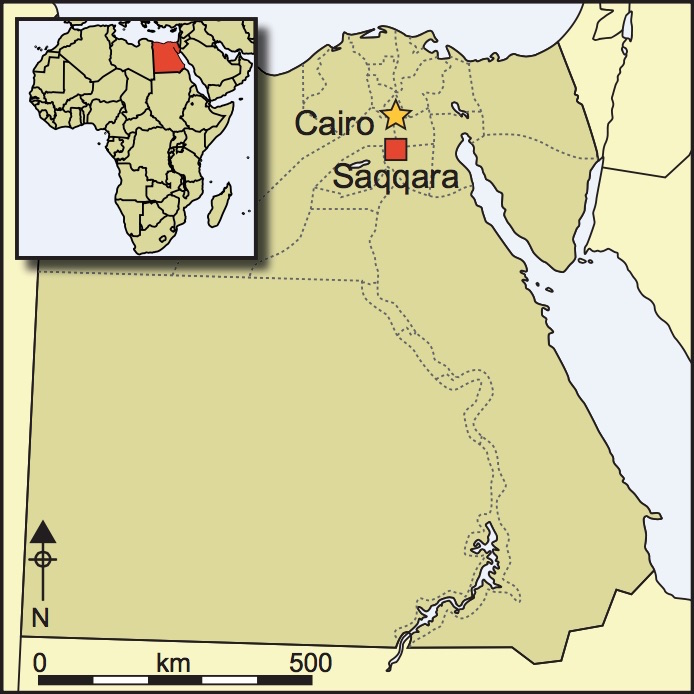
A map showing the location of the burial grounds at Saqqara in the ancient capital of Memphis.
Burial plots
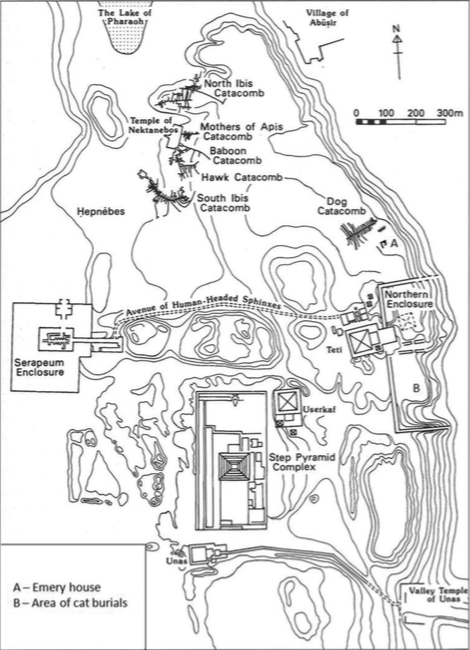
A map of North Saqqara showing where the ancient Egyptians built the animal catacombs. Notice the ibis, baboon and hawk catacombs in the northern part of the map. The dog catacomb is near the temple in the eastern part of the map. (Drawing by J. Hodges)
Canine catacomb
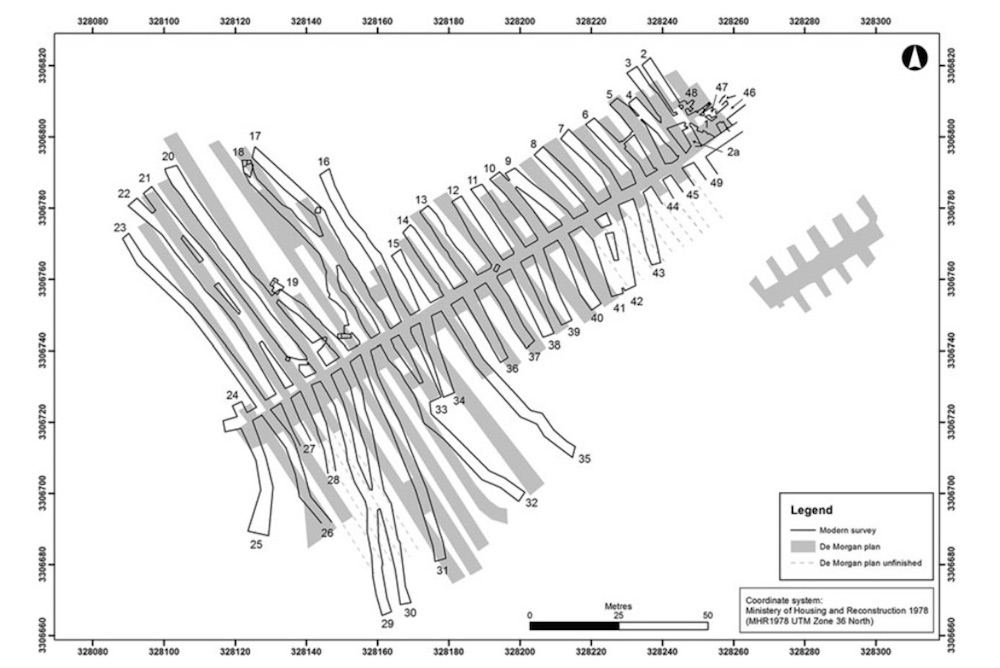
A new survey of the dog catacomb overlaid on top of a 1897 map drawn by French archaeologist Jacques de Morgan (seen in gray). The small catacomb on the right is inaccessible due to shifting sands and a 1992 earthquake that hit the region. (New layout by S. Mills, S. Williams and H. Nouwens)
Sign up for the Live Science daily newsletter now
Get the world’s most fascinating discoveries delivered straight to your inbox.
Underground work
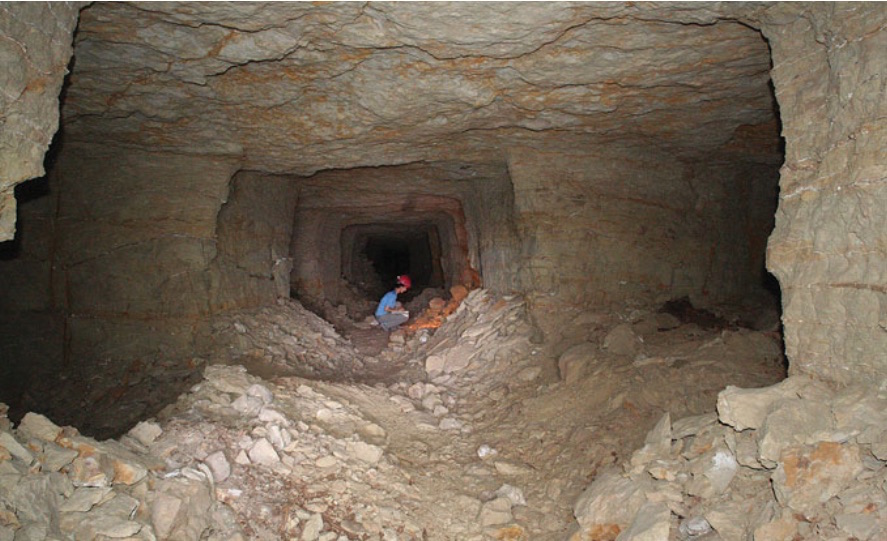
A photo showing the main axial aisle of the underground canine catacomb. Ancient Egyptians built the catacomb for the animal cult of Anubis, the god of death and funerals. (Photo credit: P.T. Nicholson)
Woof
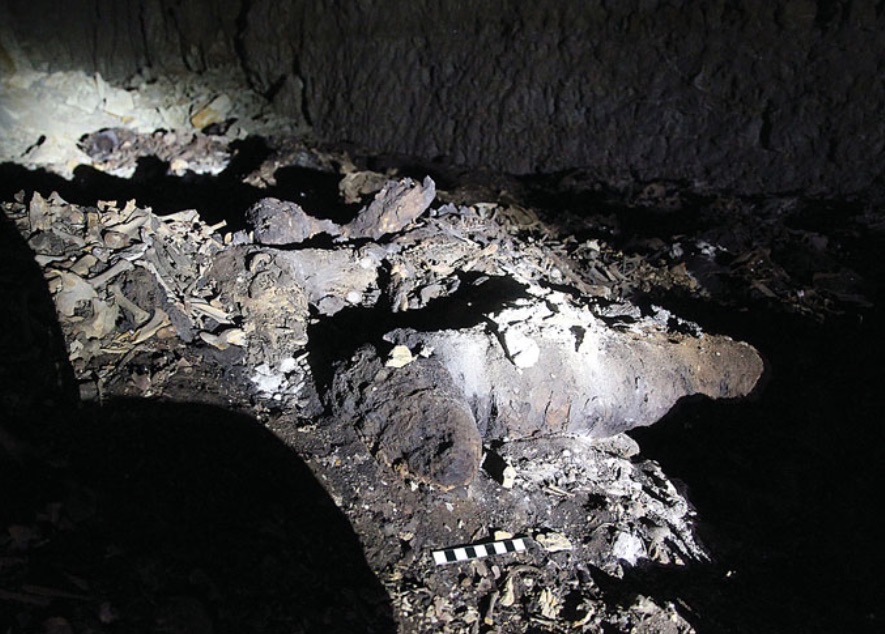
The ancient remains of a complete canine mummy in an undisturbed section of the catacomb. (Photo credit: P.T. Nicholson)
Broken box
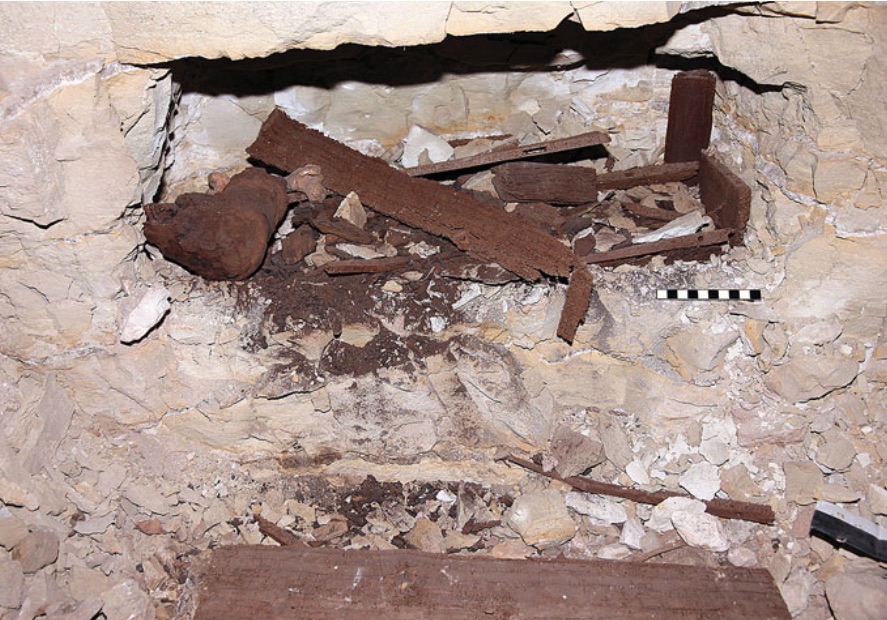
The remains of a wooden coffin in the catacomb that still has parts of the mummy within it. (Photo credit: P.T. Nicholson)
Adult doggy
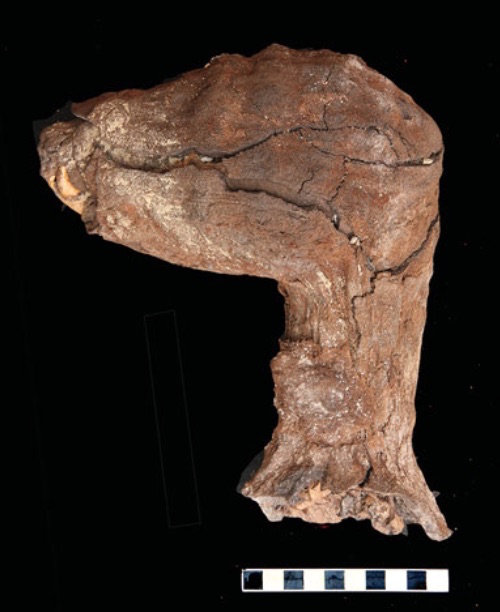
The head and neck of an adult dog from the catacomb. (Photo credit: P.T. Nicholson)
Follow Laura Geggel on Twitter @LauraGeggel. Follow Live Science @livescience, Facebook & Google+.

Laura is the archaeology and Life's Little Mysteries editor at Live Science. She also reports on general science, including paleontology. Her work has appeared in The New York Times, Scholastic, Popular Science and Spectrum, a site on autism research. She has won multiple awards from the Society of Professional Journalists and the Washington Newspaper Publishers Association for her reporting at a weekly newspaper near Seattle. Laura holds a bachelor's degree in English literature and psychology from Washington University in St. Louis and a master's degree in science writing from NYU.










